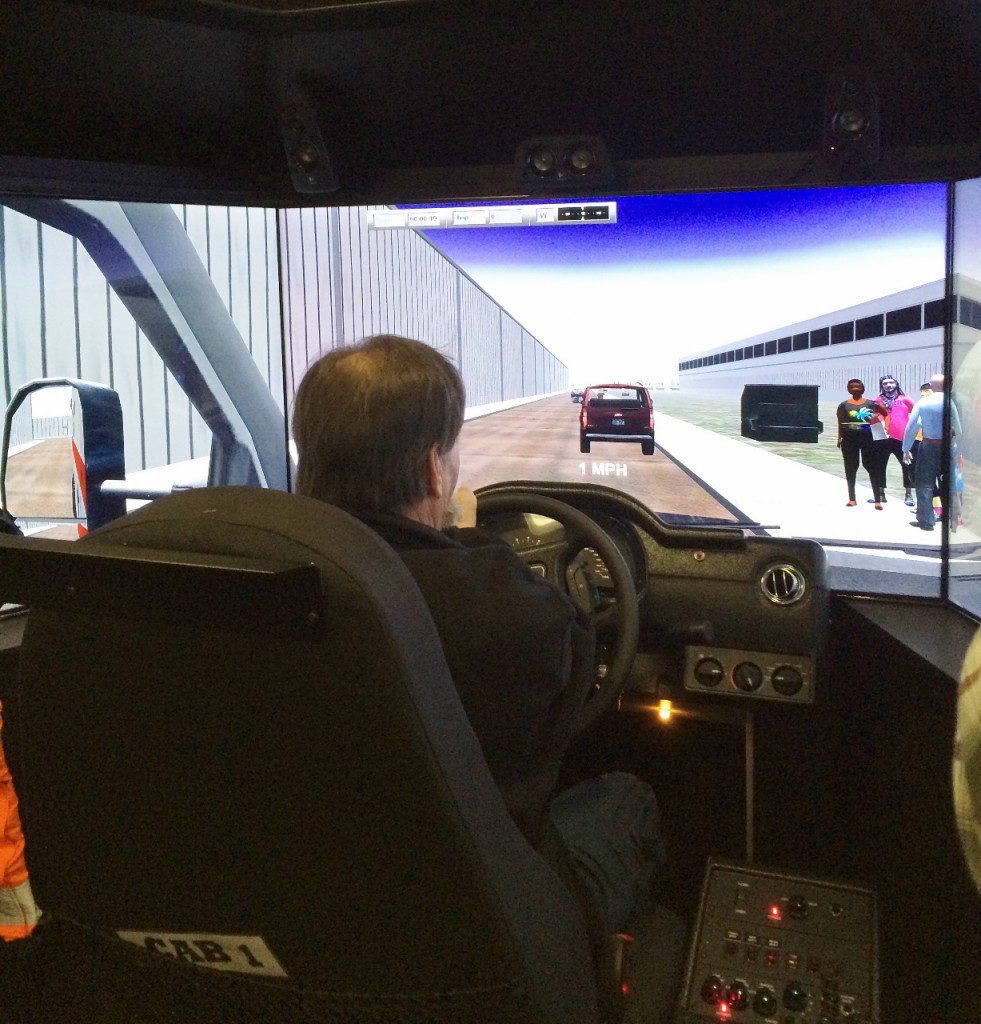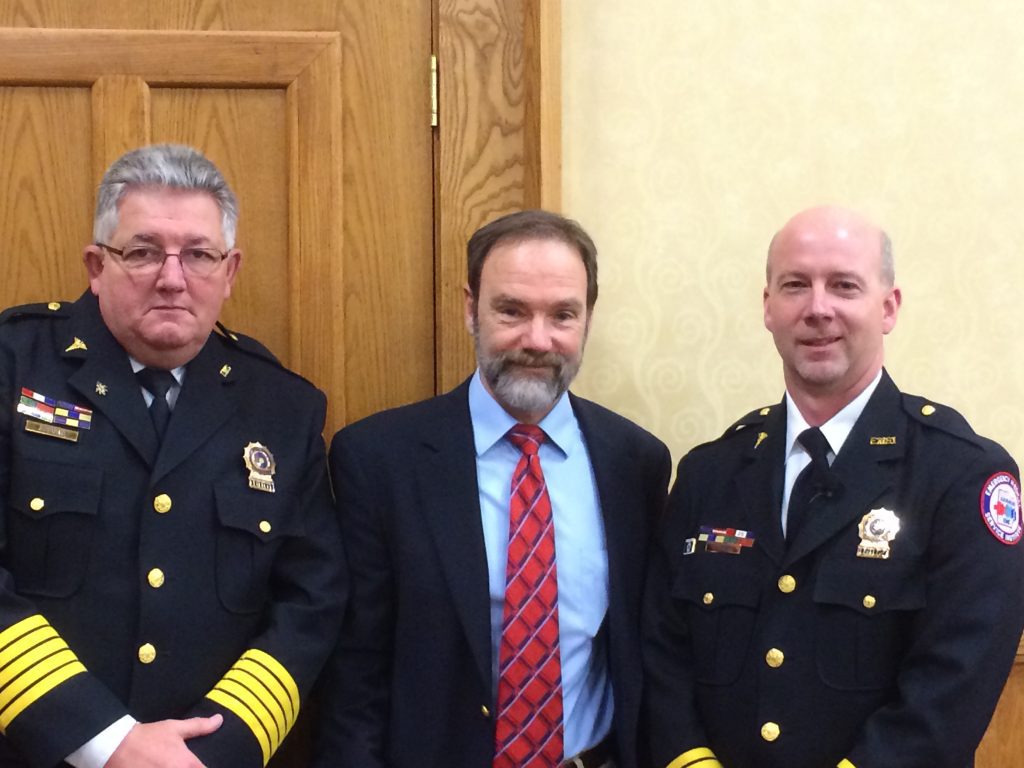By Adriana Gallina*

Emergency Medical Service (EMS) personnel arrive at crash scenes to save lives. They know firsthand the devastation that comes from inattentive driving. Too often, they become victims on the road while working at crash scenes by other drivers. And sometimes, as a result of their own distracted driving, they and their patients being transported are injured or killed. The National Highway Traffic Safety Administration’s 2011 report estimates an annual average of 4,500 ambulance crashes, with 1,300 injuries and 33 fatalities.
According to the Department of Labor, the largest cause of EMT fatalities is related to transportation at 74 percent. There must be better ways to keep our EMS personnel safe so that they can perform their live saving and critical jobs. This was the focus of the 41st Annual Western PA Emergency Medical Service Institute held at Seven Springs Resort which began Wednesday, March 25 and ended Friday March 27.
The conference opened with a moving tribute to the EMS killed in the line of duty. Richard Gibbons, Director of PA’s Bureau of Emergency Medical Services, opened his remarks by stating “you answer the call” and praised their heroic efforts, but implored those in attendance to be safe and take care of themselves. That theme was continued as Joel Feldman, from EndDD.org (End Distracted Driving) gave the keynote address titled, “Avoiding distracted driving in and out of the ambulance.”
Joel’s talk focused on helping attendees decide how they could limit distractions while responding to calls, as well as ways for friends and family members to drive safer. Joel told attendees, “Your communities know what you do, what you see on our roads and if they see that you won’t drive distracted they will notice and they won’t drive distracted either. To change the way we look at distracted driving we need all of us to send clear signals that distraction-free driving is not only accepted but will be expected.”
Attendees were also introduced to a high tech ambulance simulator by Richard Wadas, MD, from the University of Pittsburgh School of Medicine’s Department of Emergency Medicine, and Brian Shaw, Deputy Director of EMSI. The simulator will be used across western PA to provide better training for drivers.
“Simulation training has been around in many years in aviation and commercial truck driving and it just recently made its way into public safety,” Shaw explained. According to Shaw, one simulator costs $310,000 which is completely self contained in a trailer with two driver simulation positions. The ambulance is the most expensive equipment EMS personnel use and also one of the most dangerous, Shaw said.
“We can train any time of the day,” Shaw said. “But the real benefit is we can control environmental conditions, we can make it night, we can add rain, snow, we can control traction.”
Simulation training, “teaches the decision making process, we teach them evasive steering, small inputs in the steering wheel,” Shaw explained.

____________________________________________________________________
 *Adriana Gallina is currently studying Journalism and Creative Writing at Fordham University on a scholarship. She is the News Editor of Fordham Lincoln Center’s award winning paper, The Fordham Observer, while working full time to support herself in New York City.
*Adriana Gallina is currently studying Journalism and Creative Writing at Fordham University on a scholarship. She is the News Editor of Fordham Lincoln Center’s award winning paper, The Fordham Observer, while working full time to support herself in New York City.





